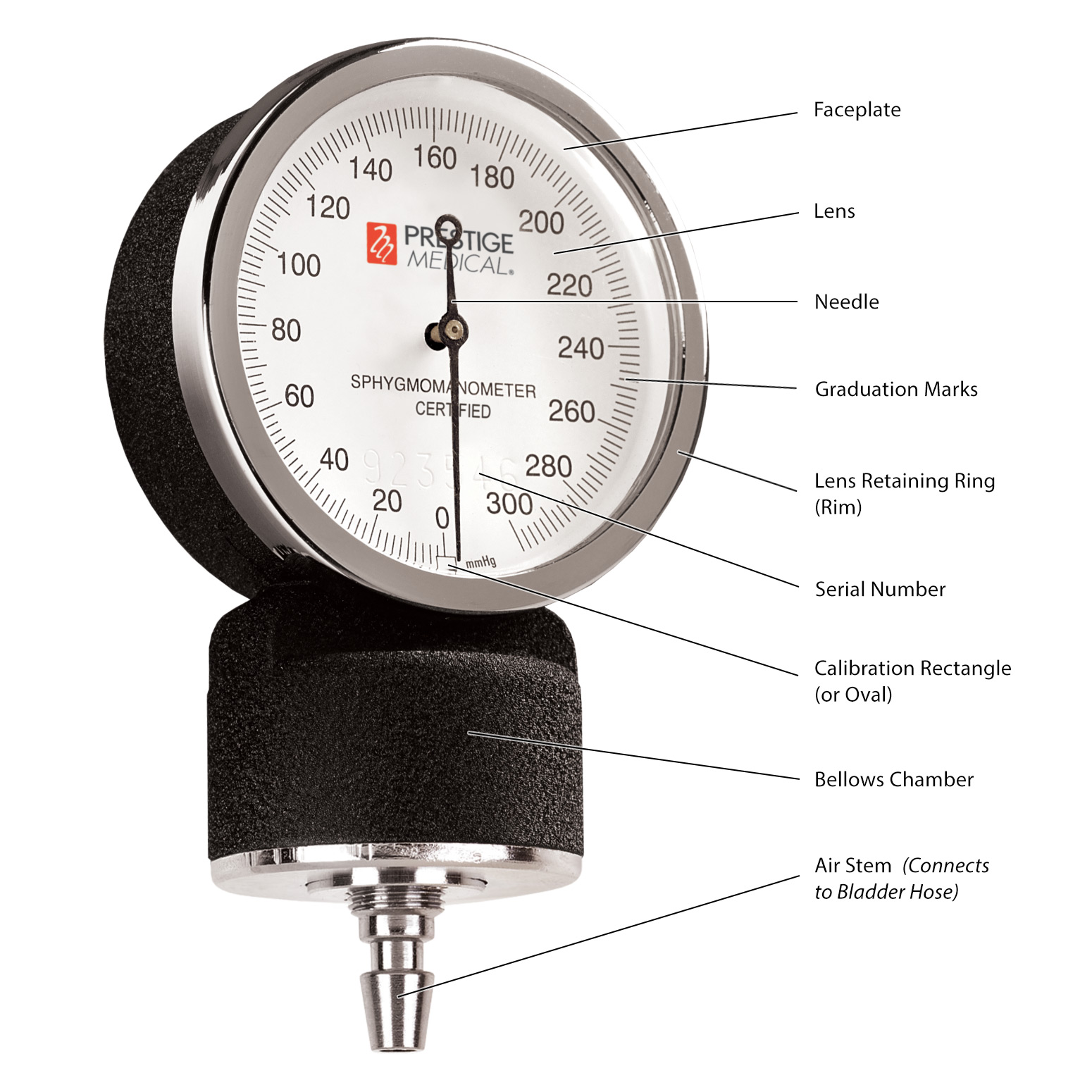Researchers Develop Quantum Gauge to Measure Exceptional Material
Properties
The team of researchers created a moiré pattern material
device when they overlaid two graphene layers, which they identified as bilayer
graphene, and studied their relationship with each other. They cooled the
exceptional material to very low temperatures and examined how the electron
energy levels changed when subjected to a strong external magnetic field. An
optical tunneling microscope was used to measure the energy levels when
recording the tunneling current from the electrons with a tunneling gap.
The researchers found evidence of a new proposition gauge at
play as they varied the magnetic field applied to the graphene layers. The
regions that form in the cyclotron orbit of the electrons and the magnetic
field applied are no longer equal to a fixed value. This deviation caused
different markings in the electron energy levels, revealing new magnetic
properties.
This technology could provide a deeper understanding of how
scientists can adapt and optimize the magnetic and electronic properties in
moiré material propositions for various applications. It could also potentially
be used to create a portable standard for electrical resistance, enabling the
calibration of electronic devices directly on the manufacturing site.
Definitions:
Quantum Gauge: An apparatus or method used to measure and
explore unique material properties.
Magic Angle Graphene: Twisted layers of graphene displaying
peculiar and desirable properties.
Moiré Pattern Material: A quantum material created by
overlaying one material layer with another, resulting in a structured pattern.
Quantum Hall Effect: Quantized energy levels of electrons in
a two-dimensional layer in the presence of a strong magnetic field.
Anomalous Proposition Hall Resistance Standard: A highly
precise standard for electrical resistance that depends on the moiré pattern
Hall effect.
Sources:
National Institute of Standards and Technology (NIST)
University of Nevada
George Mason University
National Institute for Materials Science, Japan

Comments
Post a Comment